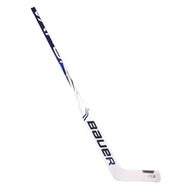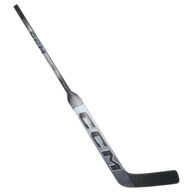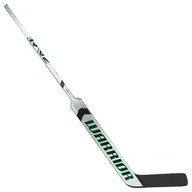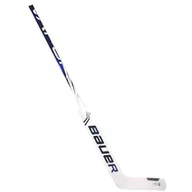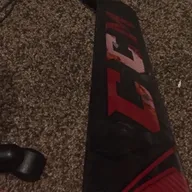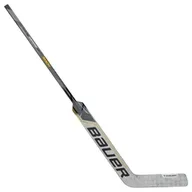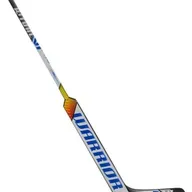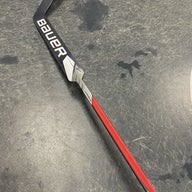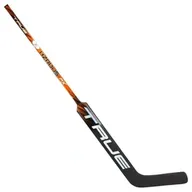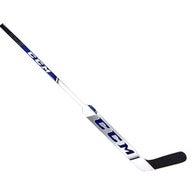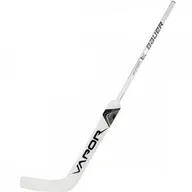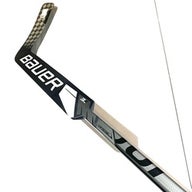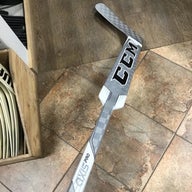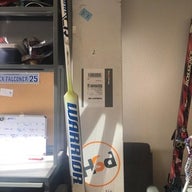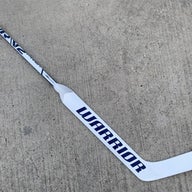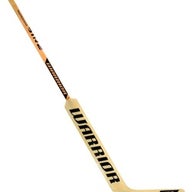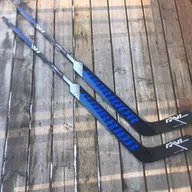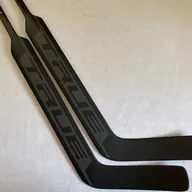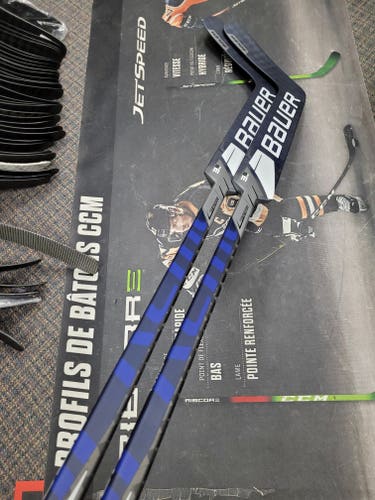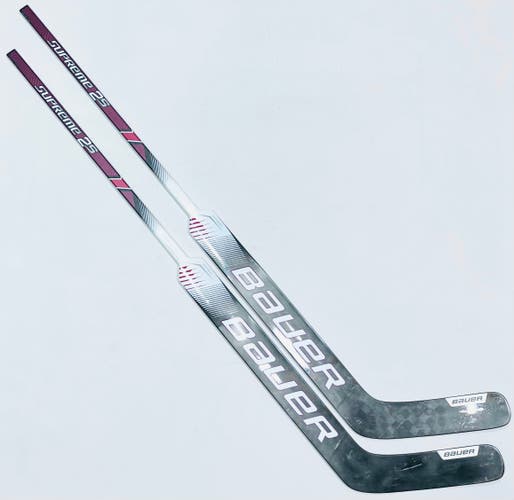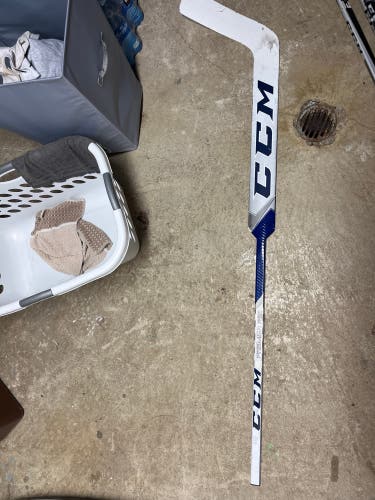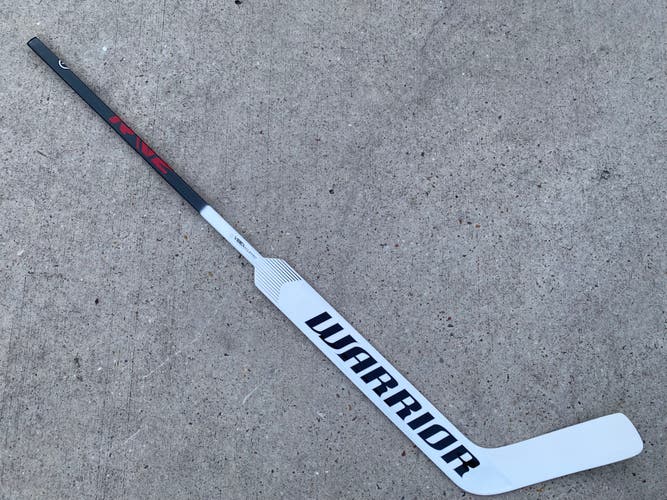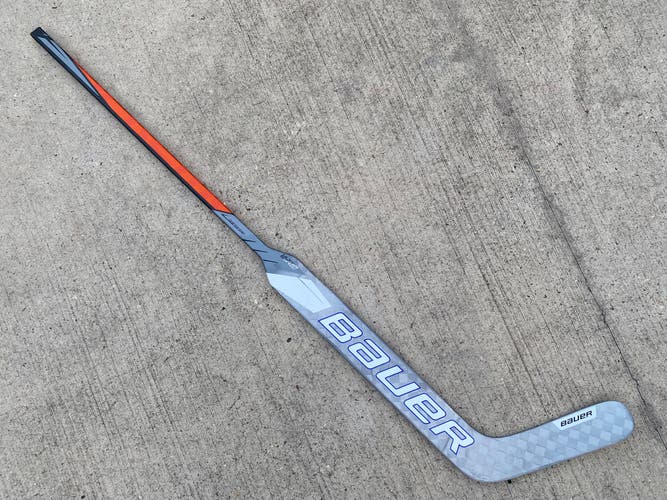Goalie Vs. Player Sticks
Goalie sticks are built for blocking and deflecting shots, while player sticks are optimized for puck handling, passing, and shooting.
- Goalie sticks typically have a much wider blade than player sticks. The wider blade helps goalies cover more of the net when making saves. It also provides more surface area to block pucks on the ice or in the air.
- Goalie sticks usually have little to no curve in the blade. This makes it easier for the goalie to get the blade flat on the ice when making a save, especially on low shots.
- Goalie sticks are generally longer than player sticks, with some goalies preferring a stick as tall as they are. This extra length helps them cover more of the net when standing or moving across the crease.
- Goalie sticks are built to withstand more abuse, as they’re used to block shots and take high-impact hits.
- Goalie sticks have a much stiffer shaft and lower flex rating than player sticks. This stiffness helps goalies make quick, controlled movements and provides stability when blocking or deflecting shots.
- Goalie sticks often have a different type of grip, or sometimes no grip, because goalies rarely stickhandle the puck as players do.




